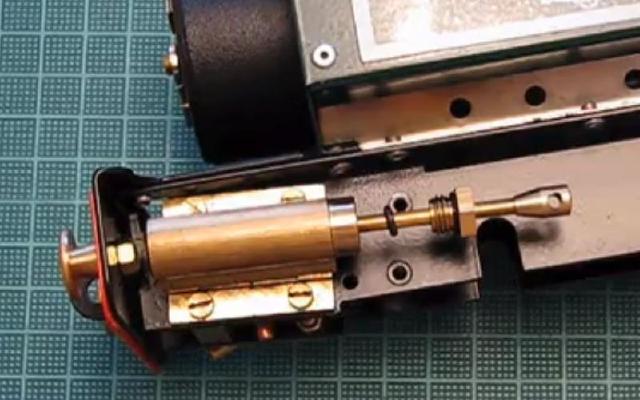Doug you have certainly built up a lot of experience with Mamodification in a very short time so you are no longer "inexperienced". I particularly enjoy reading up about your trials & tribulations with regards to painting as that is one area I have not spent much time on so far.dougrail wrote:Yes, I was [and still am] inexperienced at this game...
As you have found Mamods are very individual due to the inaccuracy of the manufacturing tolerances, and whilst some will run great without any modification, others will refuse to run until vast amounts of money & upgrades are carried out. I still have a couple that have been full time residents of my 'workshop' and slowly tinker away at them to get them to run better when time permits.
The Bowman 234 is an impressive loco when it is running well. I've repaired mine, and whilst it runs great on blocks (love the throaty noise the exhaust pipes in the chimney make), it barely runs one full oval on my track without being pushed. Needs some more work done on the burner and the piston oiler felt pads.Annie wrote:I've got a 234 that's missing its boiler and cylinders that I want to rebuild
Sadly there is virtually no information on the Markie replica Bowman locos on-line. I've seen photos of their 234 look-alike but I understand they made a 265 look-alike as well.
Chris Cairns.









